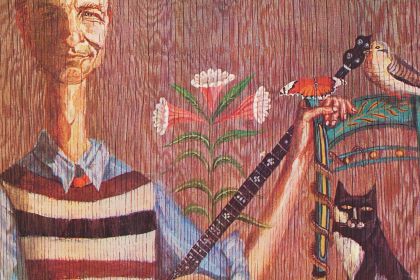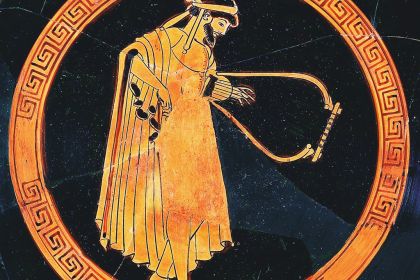SONGWRITER
Subterranean Homesick Blues popularized Dylan's idea of an official lyric video

Subterranean Homesick Blues LP
Subterranean Homesick Blues is one of Bob Dylan's first counterculture hits to transcend genres, owing to the socially-relevant lyrics that elevated it to anthemic status in the1960s and expanded the song's citation beyond the art world. According to independent research, the phrase "you don't need a weatherman to know which way the wind blows" was quoted by judges and lawyers more than any other song.
For the song's promotion, one of the first video clips in history to be filmed was structured around Dylan's idea of flipping the cards in sync with the song to show keywords and phrases and thus facilitating a more comprehensive perception of his polysemantic lyrics.
Together with Dylan, the cue cards were written by folk singers Donovan and Bob Neuwirth as well as Allen Ginsberg, one of the frontrunners of the Beat Generation, the latter featuring in the music video where he stands in the corner of the frame for the duration. Curiously, several of Dylan's cards show different words from the ones he sings.
Watch Bob Dylan's Subterranean Homesick Blues:
The first two lines of Subterranean Homesick Blues hint at producing homemade drugs from legal pills and at street protests of the time like Civil Rights marches or anti-war demonstrations. Later in the song, Dylan warns to "better stay away from those that carry around a fire hose" which implies the practice of suppressing anti-government protests using fire hoses.
At the time of release, the song expressed the mood of people on both sides of the Atlantic and was praised by Dylan's contemporaries, one of whom was John Lennon who said that he did not know how he would be able to write a song that could compete with it. In the following fifty years after release, Subterranean Homesick Blues has been referenced in many songs, including Radiohead's Subterranean Homesick Alien and R.E.M.'s It's the End of the World as We Know It.
The idea of showing words on cards has been used extensively in the past fifty years not only in music videos but also in various parodies and advertisements.



